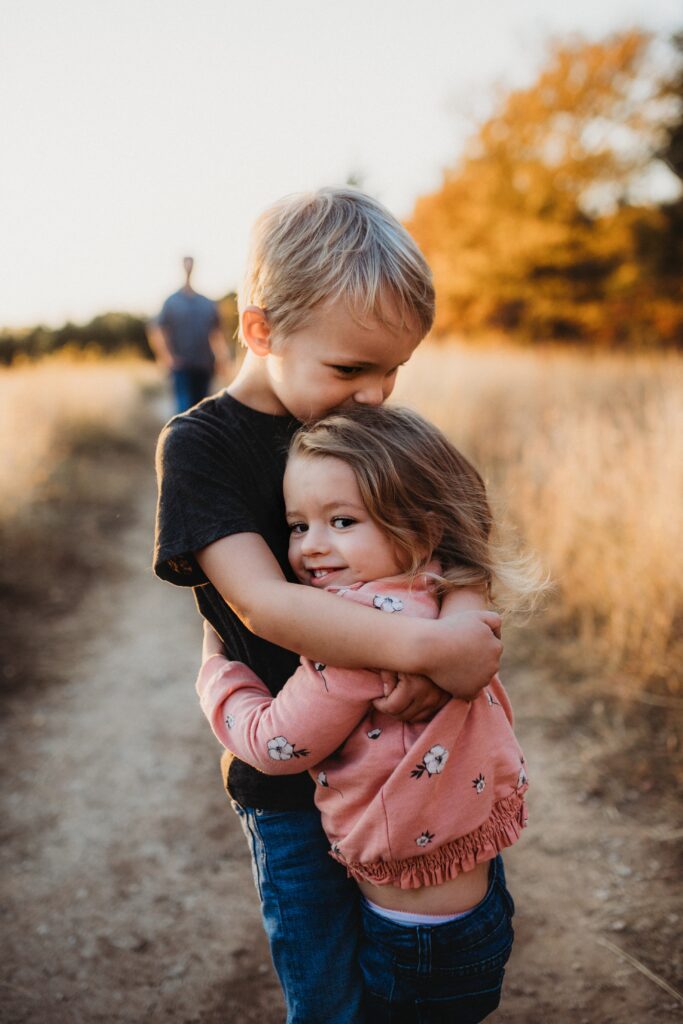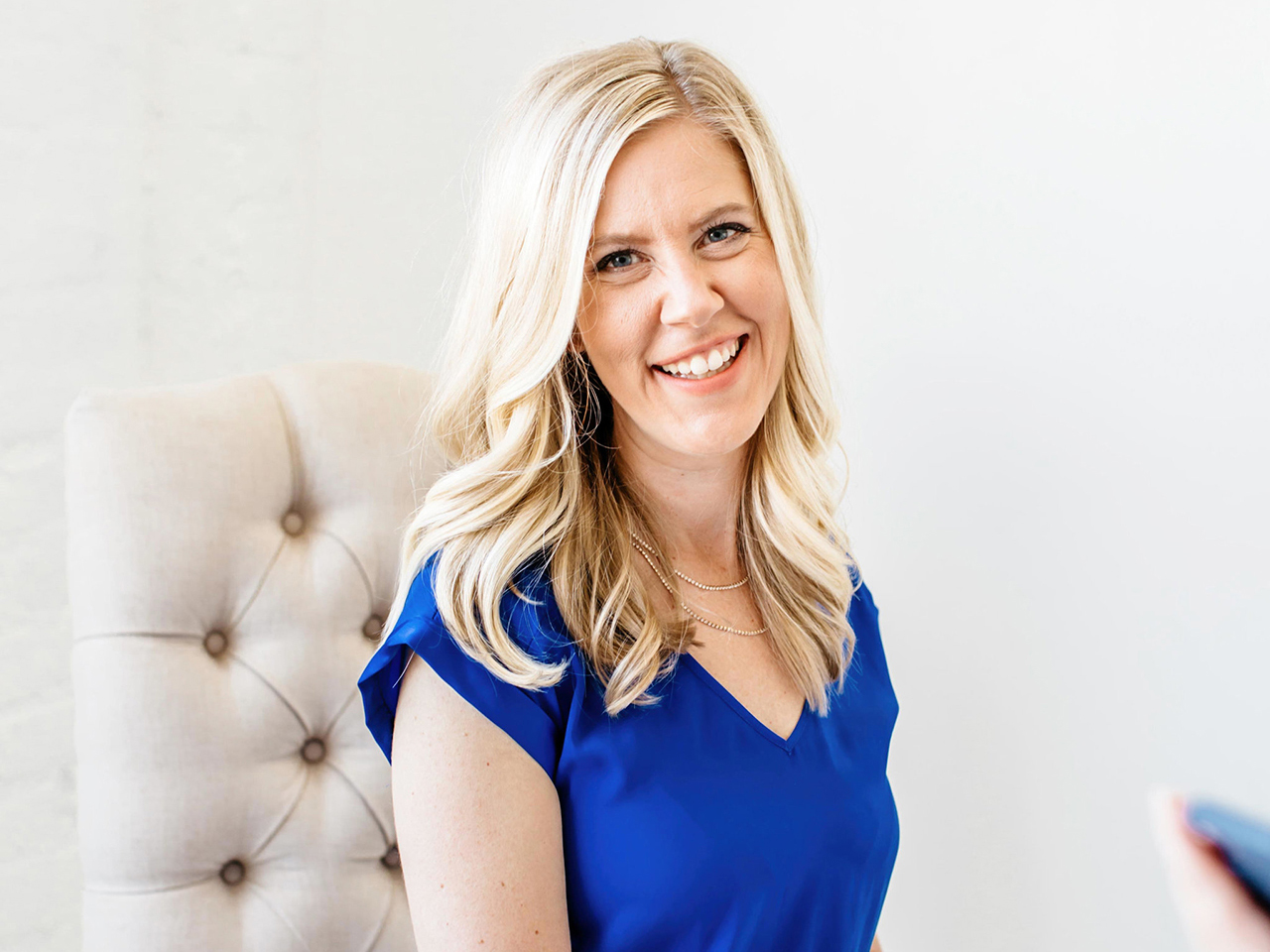
“To be yourself in a world that is constantly trying to make you something else is the greatest accomplishment.” —Ralph Waldo Emerson
I know someone who has been working on herself for a while. As a dancer, she has dealt with all sorts of body image issues for the majority of her life. Her motivation to overcome these patterns in thinking and living is simple: Her children. Some of her perspective and choices trace back to her own childhood–things people said or did, snide comments about food, perception of good/bad foods or bodies, and so much more. Many of us internalize messages starting at a young age that can lead to either positive or negative body image later in life. Healthy body image is an important part of mental wellbeing, and there is so much that we can do to help the rising generation to embrace, care for, and honor their body.
My last blog post focused exclusively on how we can improve our relationships with our own bodies. Remember that body image is how we see ourselves when we look in the mirror or when we picture yourself in our minds. It encompasses how we feel about our bodies, including our height, shape, and weight; what we believe about our own appearance; and how we sense and control our bodies as we move. There is a lot that goes into body image, but it is important that we start with our own perception in improving our own body image. Remember, we cannot teach someone something we do not believe in or do ourselves.
Negative body image can begin at a surprisingly early age. According to a 2020 research review, 40 to 50 percent of first- and second-graders already don’t like some aspect of their body. We likely internalized messages that formed our own body image starting from a young age. This either led to our positive or negative body image in the future. The misconceptions we have had to work to correct about our own body image is now something we get the privilege to instill in, share with and teach to these young ones. WE get to show them what body positivity really looks like and that is powerful!
There are many ways in which we can do this, I would like to focus on the following five:
- Avoid commenting on other people’s bodies. I am sure that many of us can remember comments we heard from others when we were young about someone being “skinny” or “fat” or “ugly” or “gorgeous” or whatever. We interpreted those statements as good or bad, and they formed our understanding of body image. So now, I urge each us to comment less or not at all about other people’s bodies.
- Honor the non-physical. Teaching our children to think positively about themselves can help develop a positive self-image that doesn’t focus entirely on appearance. It is so easy to notice or praise children for their physical attributes, gifts, or abilities. Instead, let’s focus on more important things about a person–like how kind, talented, thoughtful, or funny they are, or when they have good manners or work hard. Practice stating what positive attributes they have and what they are capable of doing or becoming. A regular practice of saying affirmations can reduce negative self-talk and build our children’s confidence.
- Let’s talk positively about our OWN bodies! There is nothing that speaks louder than a mother disparaging her own body, complaining about how she looks or openly comparing herself to others. Our children are watching! They see this and they are silently internalizing it…I promise! Instead of being negative about our bodies, let’s try saying something positive when we look in the mirror. Sometimes, the interaction with the mirror is entirely nonverbal, yet others can tell when we feel dissatisfied by what we see in our reflection. Let’s be aware of this and work on teaching our children to honor their bodies by doing it ourselves every time we look in the mirror.
- Change the narrative about exercising. Exercising should not be something we do for weight loss or to maintain a certain body shape, but instead for our mental health. We can teach our children to consider the myriad of ways that being active can positively contribute to their lives. For example, physical activity helps our bodies reach their full potential, improves our moods, can be a social activity or artistic expression, and it can be fun! Let’s expose our children to different forms of physical activity and allow them to explore the various ways they can move their bodies! If our children fear they are not physically fit for something they have interest in, show them how professional athletes come in all sizes and shapes. (For starters, YouTube Misty Copeland!)
- HELP THEM DEVELOP A HEALTHY RELATIONSHIP WITH FOOD! This one is HUGE. If we can help our children develop the understanding that food is neither “good” nor “bad” this will be an extremely important tool in improving our children’s relationship with food for the rest of their lives. Such labels as these create anxiety around food and may lead to consequences including food restriction and feeling like a horrible or “fat” person because they ate “bad” food, etc. Help them promote healthy eating by emphasizing how the nutrients in foods help in specific ways (for example, oranges boost our immune system and help our bodies fight germs, broccoli helps the heart be healthy, nuts are good for the brain). If/WHEN our children want to have a cookie or chips, do not shame them for their choices! Teach them about what I lovingly refer to as “fun food”–it has no nutritional value but serves as food that is fun to eat and tastes delicious (cake, cookies, brownies, chips, etc). Allow children to make choices about the foods they eat and cultivate an environment where nutritious foods are available and appealing. Talk about the importance of a balanced diet that prioritizes nutrient-dense foods.
One last suggestion I cannot stress enough is to limit screen time! Studies have shown that cutting back screen time can reduce kids’ risk of obesity and even improve grades. Not to mention, this will help them avoid erroneous ideas and perceptions about body image they will see through the media. Teach children to view junk food ads or clothing commercials (which are now even following kids online) with an understanding of what is being sold and not necessarily as a standard to achieve.
As we avoid commenting on other people’s bodies, honor the non-physical, talk positively about our own bodies, change the narrative about exercise, and help them develop a healthy relationship with food, we will be laying the groundwork in this endeavor. Teaching our children to embrace, care for, and appreciate their body is a lifelong work of significant worth!
Melissa Cluff is a Licensed Marriage and Family Therapist based in North Texas, providing face-to-face and telehealth therapy options to clients in Texas.
References:
- Cluff Counseling: BREAKING UP WITH SOCIAL MEDIA
- Cluff Counseling: DIFFERENT YET THE SAME: OCD & OCPD
- Cluff Counseling: EATING DISORDERS 101
- Cluff Counseling: THE LINK BETWEEN MOOD DISORDERS AND ADDICTION
- Cluff Counseling: THE POSITIVE INFLUENCE OF AFFIRMATIONS
- Cluff Counseling: THE POWER OF SELF-TALK
- Cluff Counseling: SELF-ESTEEM & SELF-WORTH: TWO ESSENTIAL COMPONENTS OF THE SELF
- Fun Loving Families: 50 Body Confidence Quotes to Inspire Self-Love
- Healthline: 6 Common Types of Eating Disorders (and Their Symptoms)
- Healthline: Affective Disorders
- Healthline: Broccoli 101: Nutrition Facts and Health Benefits
- Healthline: Self-esteem
- Healthline: Understanding and Treating Muscle Dysmorphia
- Healthline: What is Body Dysmorphic Disorder (BDD)?
- Healthline: What to Know About a Negative Body Image and How to Overcome It
- Hosseini SA, Padhy RK. Body Image Distortion. [Updated 2022 Sep 5]. In: StatPearls [Internet]. Treasure Island (FL): StatPearls Publishing; 2022 Jan-. Available from: https://www.ncbi.nlm.nih.gov/books/NBK546582/
- Mental Health America: How to Teach Your Child Body Positivity
- National Eating Disorders Organization
- Psychology Today: Body Positivity
- Very Well Family: 6 Ways to Help Young Children Avoid Body Image Issues
- WebMD: Oranges

